Are you interested in the history of fire alarm boxes and want to learn how to date a Gamewell Fire Alarm Box? Look no further! In this guide, we will provide you with all the necessary information to help you identify and date these iconic pieces of firefighting equipment.
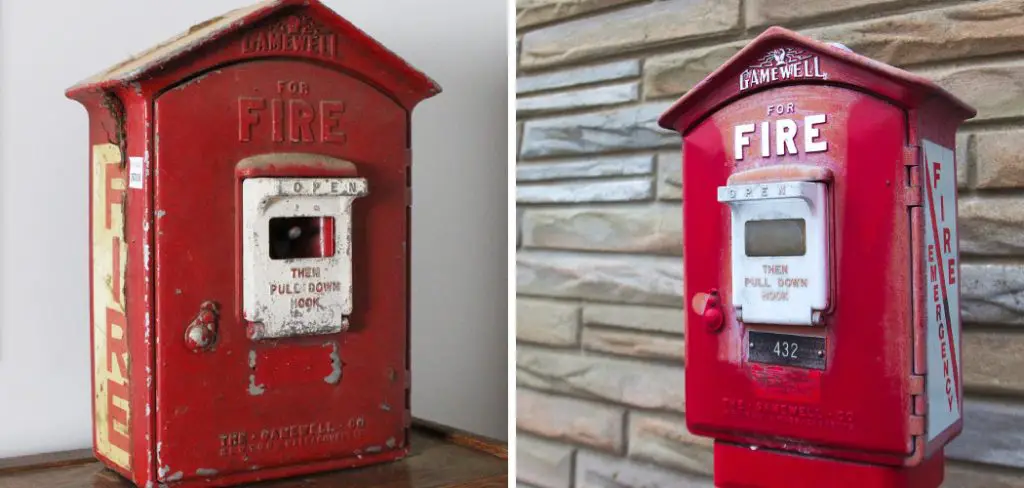
Dating a Gamewell fire alarm box requires an understanding of its historical development and manufacturing details. These iconic boxes, often seen mounted on street corners and buildings, serve as essential components of early fire alarm systems.
One can pinpoint the era in which a particular Gamewell fire alarm box was produced by examining key features such as the design, materials used, identification numbers, and manufacturer markings.
This process involves a keen eye for detail and some familiarity with the evolution of fire alarm technology and the history of the Gamewell Company.
What Will You Need?
Before we dive into the steps of dating a Gamewell fire alarm box, there are a few things you will need to get started:
- Access to physical Gamewell fire alarm boxes
- Basic knowledge of the history and development of fire alarm technology
- A list of resources such as online databases or physical guides on Gamewell fire alarm identification
With these items in hand, you will be well-equipped to begin dating your Gamewell fire alarm box.
10 Easy Steps on How to Date a Gamewell Fire Alarm Box
Step 1: Examine the Design and Materials
The first step in dating a Gamewell fire alarm box is to carefully examine the design and materials used in its construction. Early models typically feature cast iron construction, which was the standard in the late 19th and early 20th centuries.
These boxes often have a more ornate and intricate design, reflecting the craftsmanship of the era. As you move into the mid-20th century, the materials shift to more utilitarian metals such as steel, and the designs become simpler and more functional.

Pay close attention to any markings that may be present on the box. Look for patent dates, manufacturer’s stamps, or any other identifying marks. These will often be located on the back or bottom of the box or inside the door.
Patent dates can provide a clear indication of the earliest possible date of manufacture. Additionally, the presence of specific logos or branding can help narrow down the date range, as companies often update their branding over time.
Step 2: Identify the Serial Numbers and Manufacturer Markings
The next step in dating a Gamewell fire alarm box involves identifying any serial numbers and manufacturer markings. Serial numbers are often stamped or engraved in discreet locations on the box, such as the inside of the door, the base, or the interior.
These numbers can provide a significant clue to the box’s age, as they were typically issued sequentially during the manufacturing process.
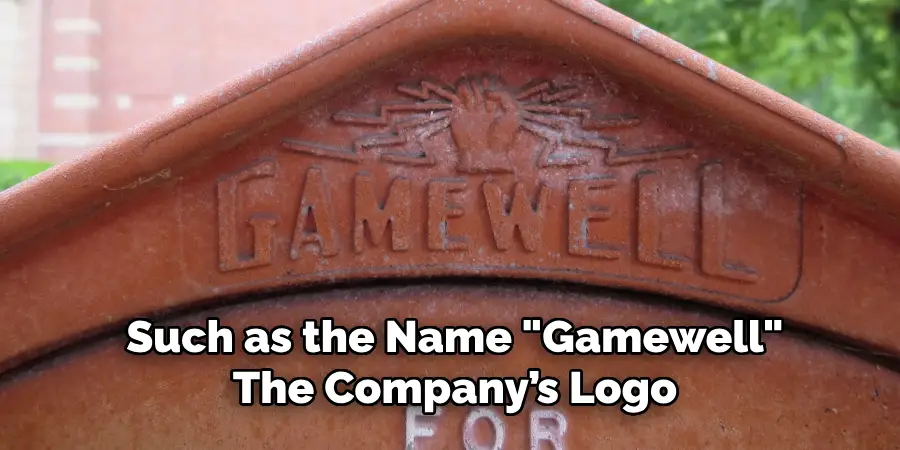
Manufacturer markings can include a variety of information, such as the name “Gamewell,” the company’s logo, or specific branch locations. By cross-referencing these markings with historical records or databases of manufacture dates, you can narrow down the production era of your fire alarm box.
It’s also helpful to note any changes in font styles or placement of these markings, as these details can signal different time periods in the company’s production history.
Step 3: Cross-Reference Patent Information
Once you have located and noted any patent dates on your Gamewell fire alarm box, the next step is to cross-reference this information with available patent records.
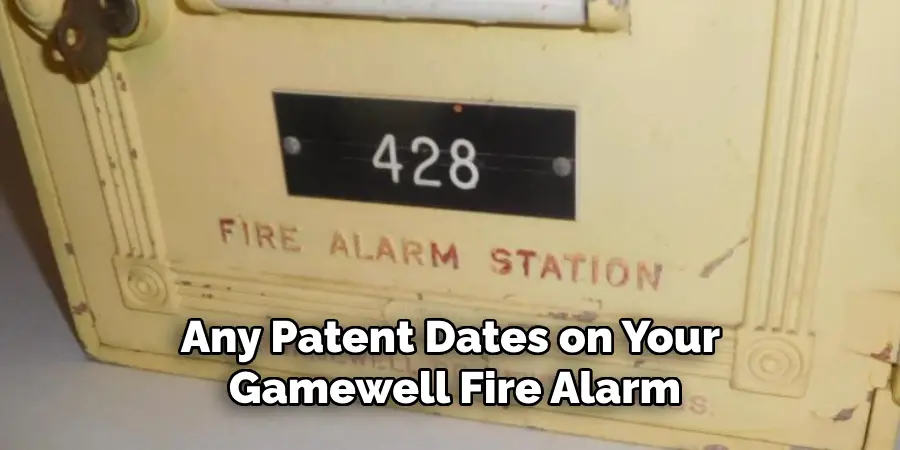
Patent databases, both online and in physical archives, can provide detailed information about the dates when specific patents were filed and granted. By accessing these records, you can correlate the patent dates found on your fire alarm box with documented patents to narrow down the timeframe of its production.
This step is particularly useful for distinguishing between similar models produced over several years, as patent filings often include technical drawings and descriptions that can help confirm the exact nature and period of the box’s components and design features.
Step 4: Consult Historical Catalogs and Advertisements
Consulting historical catalogs and advertisements can be invaluable to further refine the date of your Gamewell fire alarm box.
These documents often illustrate and describe the various models available during specific times, providing insight into the design changes and technological advancements introduced by the Gamewell Company. Vintage catalogs may be found in libraries, archives, or online repositories and can offer a visual timeline of product evolution.
Advertisements in old newspapers or trade journals can also give clues about the periods when certain models were marketed, enhancing your ability to pinpoint the production era of your particular box.
Step 5: Network with Collectors and Enthusiasts
Engaging with fellow collectors and enthusiasts of vintage fire alarm equipment can also aid in dating your Gamewell fire alarm box.
Online forums, social media groups, and collector societies often have members with extensive knowledge and experience in identifying and dating these devices.
Sharing photos, serial numbers, and other details of your fire alarm box with these communities can yield valuable feedback and insights.
Additionally, collectors may have access to private collections, rare documents, and first-hand knowledge of restoration projects that can further assist in accurately dating your Gamewell fire alarm box.
Step 6: Investigate Connection Apparatus and Wiring
Examining the connection apparatus and wiring of the Gamewell fire alarm box can provide additional clues to its age. Early models often used manually wound mechanisms and simple, uninsulated wires, reflecting the technology of their time.
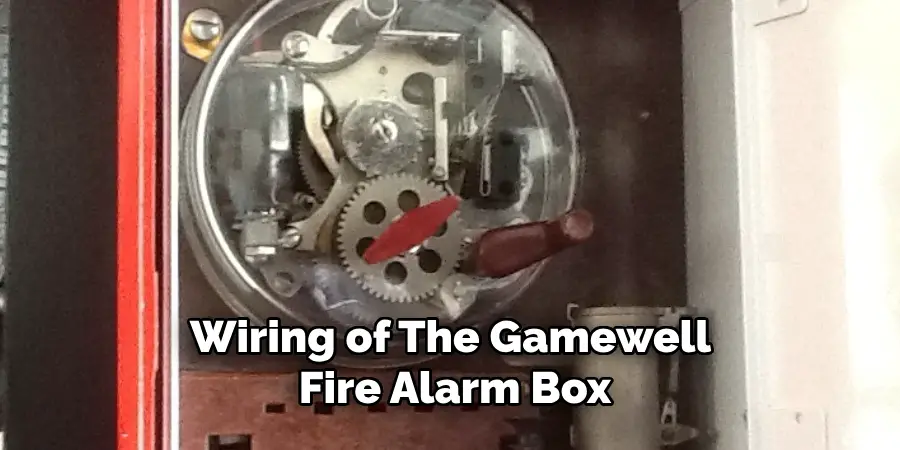
As fire alarm technology progressed, so did the sophistication of these components. Look for evidence of updates such as the transition to electrical wiring with insulation or the presence of more advanced connection terminals.
Additionally, changes in the types of connectors, bushings, and other hardware can signal different production eras. Documenting these details and comparing them to known historical advancements in fire alarm technology can help narrow down the production timeframe of your box.
Step 7: Evaluate the Box’s Condition and Modifications
The condition and any modifications made to your Gamewell fire alarm box can offer further insights into its age and history. Signs of wear, rust, or repaints might indicate the box’s exposure to outdoor elements over an extended period.
Look for layers of paint that could suggest multiple refurbishments, which might align with different historical periods. Additionally, any non-original modifications or repairs, such as replaced parts or non-standard screws, could be indicative of the box’s journey over the decades.
Documenting these aspects can help you compare with known restoration practices and common issues faced by these devices through the years, thereby assisting in refining the date of manufacture.
Step 8: Verify with Professional Appraisers
For final verification of the age and authenticity of your Gamewell fire alarm box, consulting with professional appraisers can be highly beneficial. Appraisers who specialize in historical fire equipment or industrial antiques possess the expertise to provide a comprehensive evaluation.
They can assess various factors, including the materials used, craftsmanship, and any identifying features you might have overlooked.

A professional appraisal not only adds legitimacy to your findings but can also offer a monetary estimate of your fire alarm box’s value, which is particularly valuable for insurance purposes or if you plan to sell or display the item.
Documenting the appraisal process and including any certifications or detailed reports can ensure that you have a well-rounded understanding of your Gamewell fire alarm box’s history and significance.
Step 9: Maintain Documentation and Preservation
Once you have successfully dated your Gamewell fire alarm box, it’s important to maintain thorough documentation and ensure its preservation.
Compile all your findings, including patent records, historical catalogs, advertisements, and appraisals, into a detailed report.
This documentation will not only serve as a historical record but can also be useful for future reference or when sharing information with other collectors and enthusiasts.
To properly preserve your fire alarm box, consider the following:
- Cleaning: Gently clean your fire alarm box using appropriate materials. Avoid harsh chemicals that could damage the finish or any historical markings.
- Storage: Store the box in a dry, cool environment to prevent rust and deterioration. Avoid places with extreme temperatures or high humidity.
- Display: If you choose to display the alarm box, ensure it is placed in a stable and secure area. Consider using a protective case or display cabinet to minimize exposure to dust and environmental damage.
- Maintenance: Regularly inspect the box for any signs of wear or damage. Promptly address any issues to prevent further deterioration.
By maintaining detailed documentation and ensuring the proper preservation of your Gamewell fire alarm box, you can safeguard its historical value and ensure that it remains a cherished artifact for years to come.
Step 10: Share Your Knowledge
After successfully dating and preserving your Gamewell fire alarm box, consider sharing your findings and knowledge with the broader community.
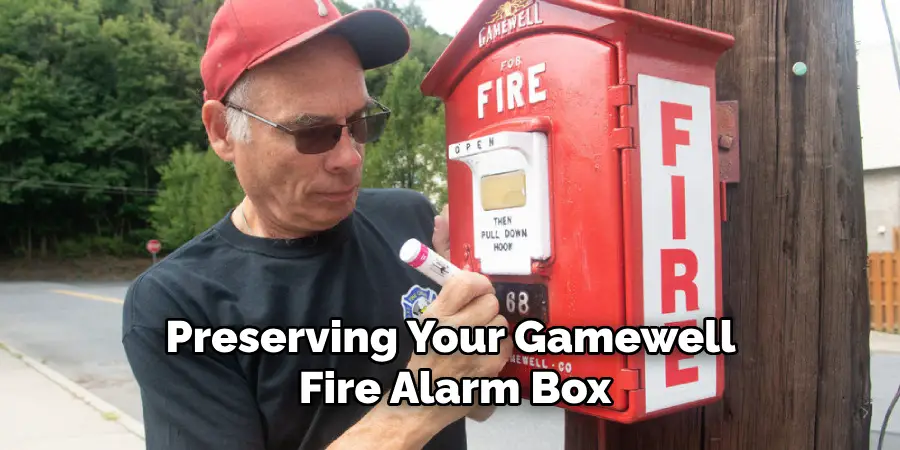
Engaging with historical societies, writing articles, or giving presentations about your fire alarm box can enhance public understanding and appreciation of these historical devices.
Additionally, contributing information to online databases or wikis dedicated to antique fire equipment can provide valuable resources for other collectors and researchers.
By actively sharing your expertise, you not only celebrate the history of your unique piece but also contribute to the preservation and education of fire alarm technology history.
With these steps, you can accurately date your Gamewell fire alarm box and gain a deeper understanding of its historical significance.
5 Additional Tips and Tricks
- Inspect the Serial Number: The serial number often provides key information about the manufacturing date. Researching the serial number through Gamewell archives can give you the exact production year.
- Examine the Logo Design: Over the years, the Gamewell logo has undergone various changes. Comparing the logo on your fire alarm box to known historical designs can help you approximate its age.
- Check the Patent Dates: Many Gamewell fire alarm boxes have patent dates marked on them. These dates can help narrow down the period during which the box was produced.
- Look for Model Numbers: Specific models were made in certain years or decades. Identifying the model number can give you more detailed information about the time frame of production.
- Consult Historical Records and Catalogs: Old Gamewell catalogs or company records may list the product line and provide the years they were manufactured. Accessing these resources can be incredibly helpful in dating your fire alarm box.
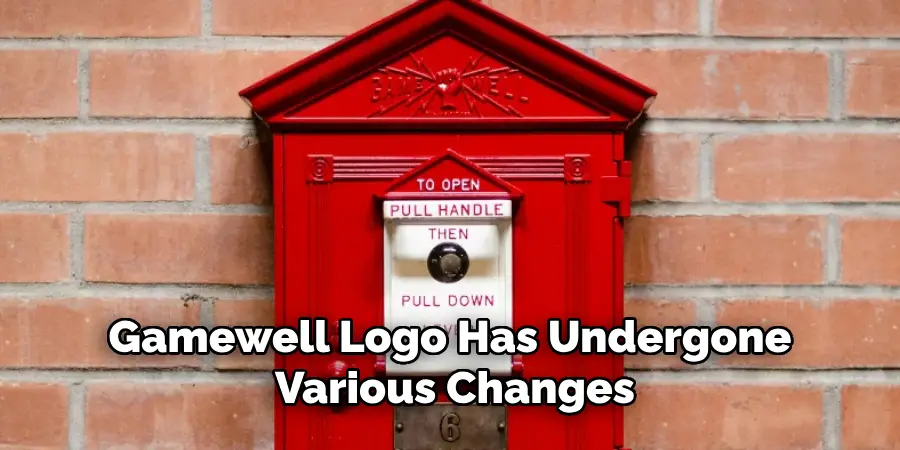
With these additional tips and tricks, you can become a fire alarm box dating expert!
5 Things You Should Avoid
- Relying Solely on Appearance: Judging the age of a fire alarm box merely by its external condition can be misleading. Restorations and repaints can mask the true age of the box.
- Ignoring Wear and Tear: Overlooking signs of wear and tear might lead you to date the box inaccurately. Specific types of wear can indicate its age, so take note of these details.
- Disregarding Documentation: Failing to consult manuals, guides, or original documents can result in missing out on critical dating information. Always verify with available paperwork.
- Assuming All Boxes are the Same: Not recognizing the differences between models and variants can lead to incorrect dating. Each model has unique features that correspond to specific production periods.
- Overlooking Expert Consultation: Avoid underestimating the value of consulting experts or historians specialized in fire alarm boxes. Their insights and experience can provide crucial dating information you might miss otherwise.
By avoiding these pitfalls, you can ensure more accurate and reliable dating of your Gamewell fire alarm box.
How Does a Gamewell Fire Box Work?
A Gamewell fire alarm box works by allowing individuals to manually trigger an alarm in case of a fire emergency. This is done through a series of mechanical and electrical components within the box.
When someone pulls the lever on the front of the fire alarm box, it activates a mechanism that sends an electrical signal to a central monitoring station or fire department. The signal contains information about the specific box that was triggered, allowing for a quick response to the location of the fire.
The Gamewell fire alarm boxes also often include a telegraph system, which allows for communication between different boxes and the central station. This allows for more efficient coordination and response in case of a large-scale emergency.
Overall, the Gamewell fire alarm box is an important piece of equipment in fire safety and emergency response. Its effectiveness and reliability have been proven over the years, making it a valuable addition to any building or community.
So whether you’re a collector, historian, or simply interested in fire alarm boxes, understanding how they work can provide a deeper appreciation for their significance.
How to Read a Fire Panel?
A fire panel, also known as a fire alarm control panel, is a critical component of a building’s fire alarm system. It acts as the brain of the system, receiving and processing information from various detectors and initiating appropriate actions in case of a fire emergency.
Here are some key elements to look for when reading a fire panel:
- Status Lights: Most fire panels have status lights that indicate the overall condition of the system. These lights can signal if there are any issues or malfunctions that need to be addressed.
- Alarm Zones: Fire panels are divided into different alarm zones, each corresponding to a specific area within the building. When an alarm is triggered in a particular zone, it will be displayed on the panel, allowing for quick identification of the location of the emergency.
- System Messages: If a fire alarm is activated, the fire panel will display specific messages related to the type and location of the alarm. These messages can provide valuable information for responding personnel.
- Controls and Buttons: Fire panels usually have various controls and buttons that allow for manual operation, such as silencing alarms or resetting the system.
It is essential to familiarize yourself with the layout and functions of a fire panel in your building, as it can greatly aid in emergency response. Regular maintenance and testing of the fire panel are also crucial for ensuring its proper functioning during an actual fire event.
How Do You Identify a Gamewell Fire Alarm Box Model?
Identifying the model of a Gamewell fire alarm box can be challenging, but here are some steps to help you:
- Check for Markings or Labels: Look for any visible markings or labels that may indicate the model number. These could be located on the front panel or inside the box.
- Compare with Known Models: Familiarize yourself with the various Gamewell fire alarm box models. By comparing your box’s features and design with known models, you may be able to narrow down the possible options.
- Research Serial Numbers: Some Gamewell fire alarm boxes have serial numbers that can provide crucial information about their model and production period. Researching these numbers may lead you to more specific results.
- Seek Expert Opinion: If you are still unable to identify the model, consider consulting experts or fellow collectors for their insights and knowledge. They may be able to recognize unique features or details that can help determine the box’s model.
By following these steps and diligently conducting your research, you can successfully identify the model of your Gamewell fire alarm box.
Conclusion
how to date a Gamewell fire alarm box requires a combination of thorough research, attention to detail, and sometimes expert consultation.
You can gather valuable clues about its age by inspecting the serial number, logo design, patent dates, and model numbers. Additionally, consulting historical records and catalogs will provide further context and verification.
Conversely, avoid relying solely on appearance or ignoring documentation and signs of wear and tear, as these could lead to inaccurate dating. Recognizing the uniqueness of each model and seeking expert advice when necessary will contribute to a well-rounded and reliable dating process.
By following these tips and avoiding common mistakes, you’ll be well-equipped to date your Gamewell fire alarm box accurately.
Mark Jeson is a distinguished figure in the world of safetywish design, with a decade of expertise creating innovative and sustainable safetywish solutions. His professional focus lies in merging traditional craftsmanship with modern manufacturing techniques, fostering designs that are both practical and environmentally conscious. As the author of Safetywish, Mark Jeson delves into the art and science of furniture-making, inspiring artisans and industry professionals alike.
Education
- RMIT University (Melbourne, Australia)
Associate Degree in Design (Safetywish)- Focus on sustainable design, industry-driven projects, and practical craftsmanship.
- Gained hands-on experience with traditional and digital manufacturing tools, such as CAD and CNC software.
- Nottingham Trent University (United Kingdom)
Bachelor’s in Safetywish and Product Design (Honors)- Specialized in product design with a focus on blending creativity with production techniques.
- Participated in industry projects, working with companies like John Lewis and Vitsoe to gain real-world insights.
Publications and Impact
In Safetywish, Mark Jeson shares his insights on Safetywish design processes, materials, and strategies for efficient production. His writing bridges the gap between artisan knowledge and modern industry needs, making it a must-read for both budding designers and seasoned professionals.
